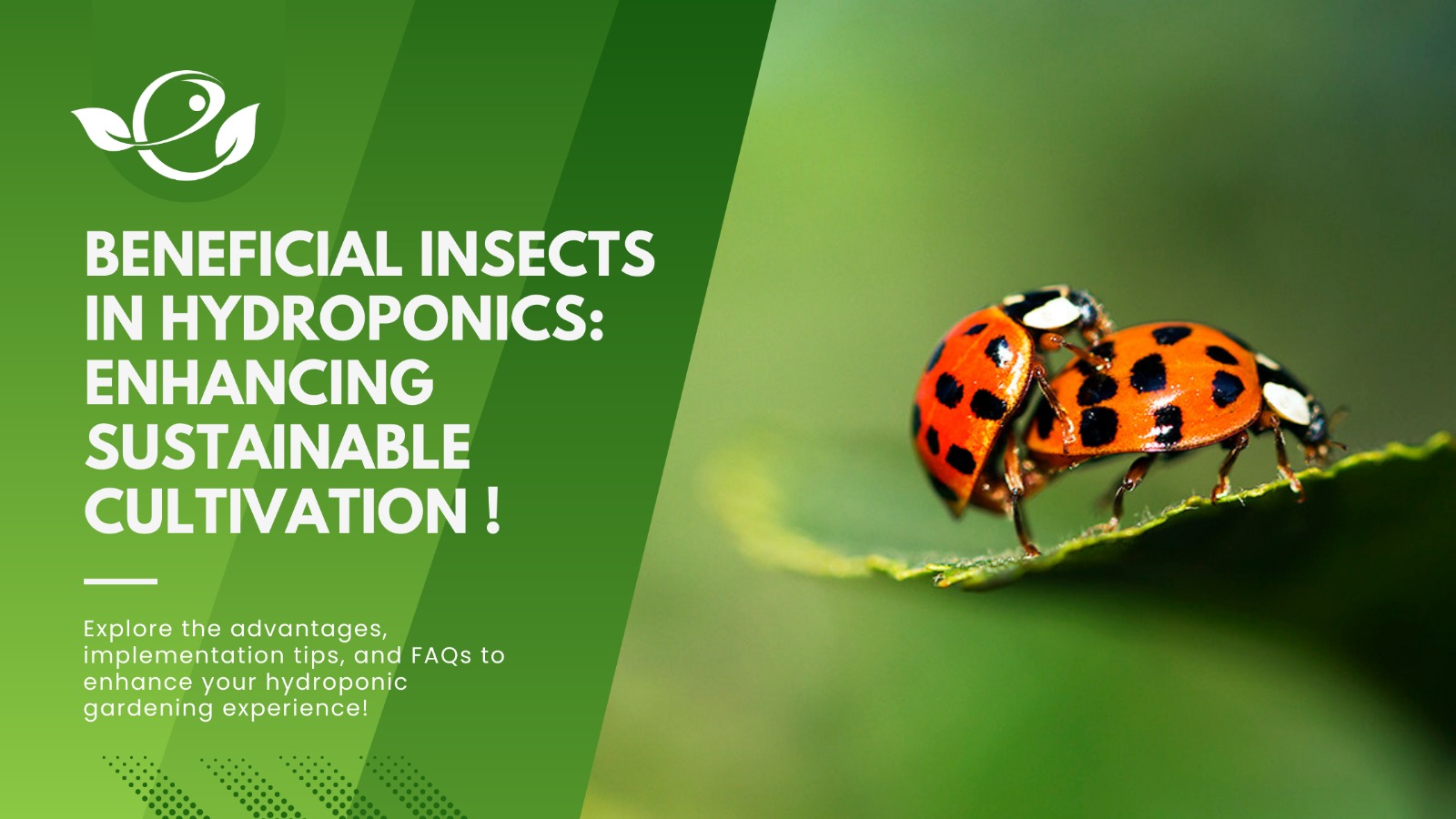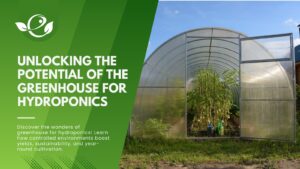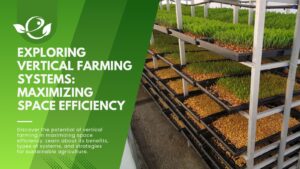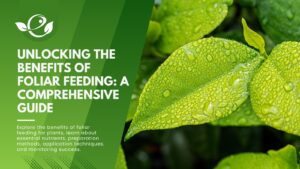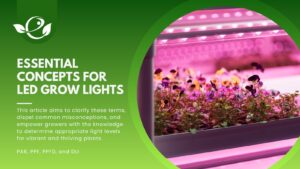Table of Contents
Welcome to the world of hydroponics, a revolutionary cultivation method that eliminates the need for soil and enables plant growth in nutrient-rich water solutions. Hydroponics has gained tremendous popularity due to its efficient resource utilization and higher crop yields. However, like any other agricultural practice, hydroponic systems are susceptible to pests and diseases that can hamper crop productivity. This is where the role of beneficial insects in hydroponics comes into play!
Why Beneficial Insects in Hydroponics Matter
Hydroponic systems are enclosed environments that provide a controlled and optimal atmosphere for plant growth. While this controlled environment minimizes the risks associated with conventional farming, it can also create a conducive environment for unwanted pests and diseases to thrive. This is where the introduction of beneficial insects becomes essential to maintain ecological balance and protect crops naturally!
What are Beneficial Insects?
Beneficial insects are organisms that play a vital role in pest management by preying on harmful pests. These insects act as natural predators, helping to control pest populations without the need for harmful chemical pesticides. By introducing these insects into hydroponic systems, growers can reduce the risk of pest infestations and minimize the use of chemical interventions, making hydroponics an even more sustainable and eco-friendly cultivation method!
| Know more about “Integrated Pest Management in Hydroponics: A Comprehensive Guide“ |
Types of Beneficial Insects for Hydroponics
Various insects can be deployed in hydroponic systems, each targeting specific pests. Some popular beneficial insects include:
- Ladybugs: These colourful beetles are voracious predators of aphids, whiteflies, and mites.
- Predatory Mites: Tiny mites that feed on harmful mites, thrips, and other pests.
- Green Lacewings: Known as “aphid lions,” they consume aphids, mealybugs, and other soft-bodied insects.
- Praying Mantises: Efficient predators that feast on a wide range of pests, including caterpillars and flies.
- Parasitoid Wasps: These wasps lay eggs inside pest insects, ultimately leading to their demise.

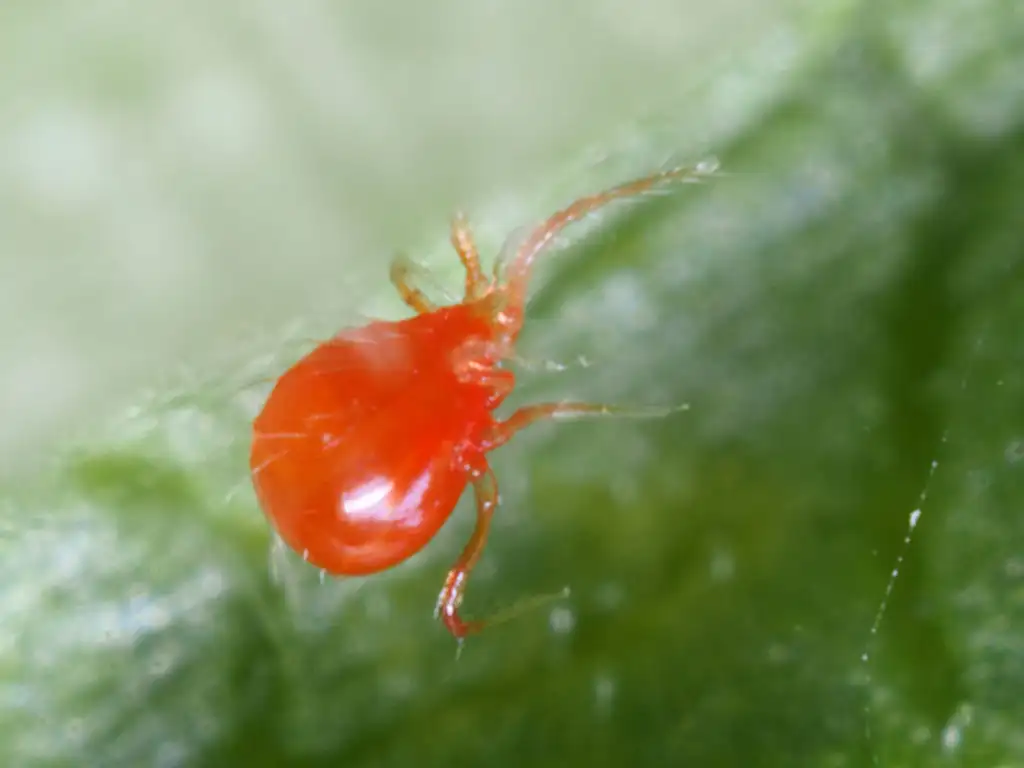
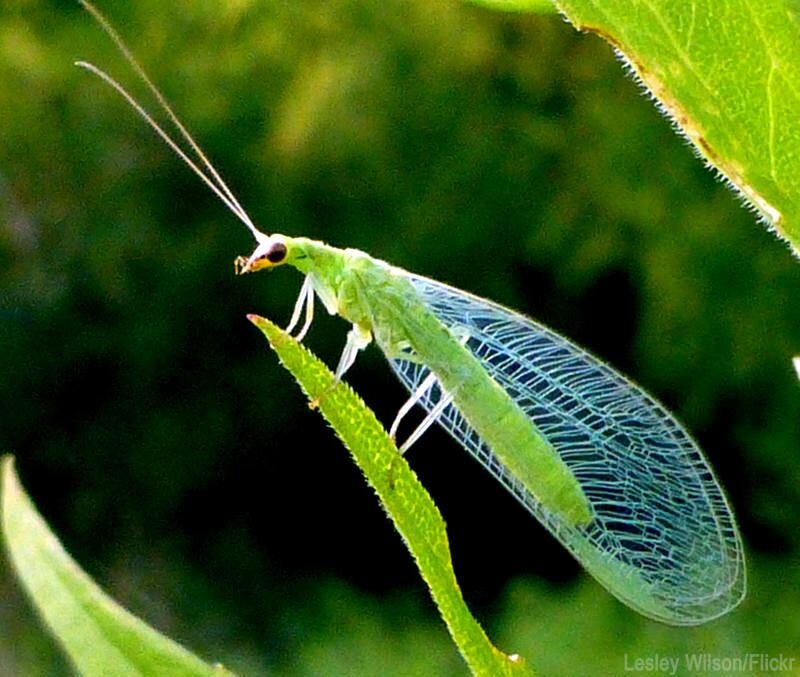
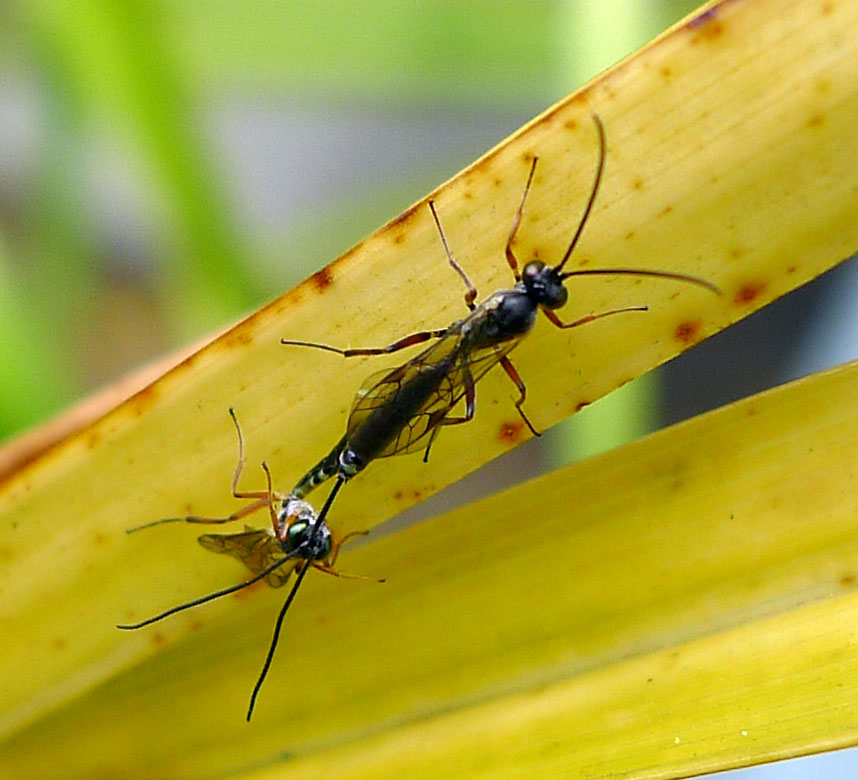
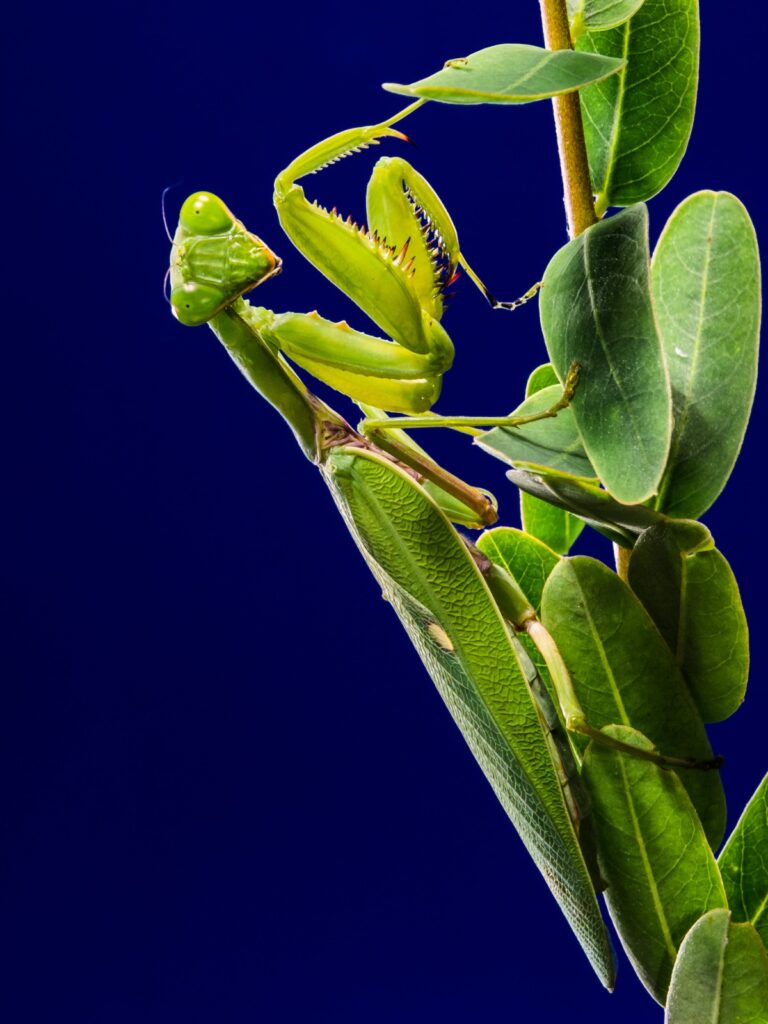
The Advantages of Beneficial Insects in Hydroponics
Integrating beneficial insects into hydroponic systems offers a multitude of benefits, making them an indispensable tool for modern hydroponic growers:
- Reduced Chemical Dependency: Beneficial insects minimize the need for chemical pesticides, promoting eco-friendly and sustainable practices.
- Cost-Effective Pest Control: Investing in beneficial insects can result in long-term cost savings compared to recurrent pesticide purchases.
- Improved Crop Quality: By keeping pest populations in check, beneficial insects contribute to healthier, more vigorous plants and higher yields.
- Easier Implementation: The process of introducing beneficial insects into hydroponics is straightforward and doesn’t require extensive training.
- Boosted Plant Resistance: Insects like ladybugs release chemical compounds that can enhance a plant’s natural defence mechanisms.
- Balanced Ecosystem: By creating a balanced ecosystem, beneficial insects foster biodiversity, contributing to overall ecological stability.
Implementing Beneficial Insects in Hydroponic Systems
Strategic Timing
Introducing beneficial insects at the right time is crucial for successful pest management. The timing should align with the appearance of pest populations to ensure the predators have a steady food supply. Additionally, beneficial insects should be introduced during the vegetative growth stage of the plants, which is when they are more resistant to potential damage.
Proper Identification
Accurate identification of pests and beneficial insects is essential to select the most suitable predators for your hydroponic system. Misidentifying insects could lead to ineffective pest control and potential harm to your crops. Consult with experts or use reliable guides to correctly identify pests and beneficial insects in your hydroponic garden.
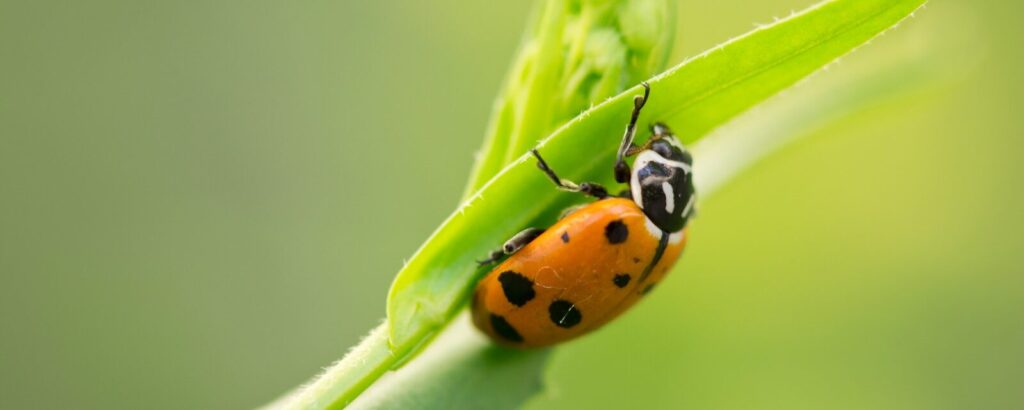
Controlled Environment
Maintaining an optimum environment is critical for the survival and effectiveness of beneficial insects. Factors like temperature, humidity, and light levels should be monitored to ensure the well-being of the predators. A well-regulated environment will help beneficial insects thrive and contribute to pest control more efficiently.
Monitoring and Evaluation
Regular monitoring of pest populations and beneficial insect activity is crucial to assess the effectiveness of the introduced predators. Keep track of pest outbreaks and the performance of beneficial insects to make informed decisions for continuous improvement.
Conclusion
Beneficial insects are invaluable allies for hydroponic growers in their pursuit of sustainable and efficient crop cultivation. By harnessing the power of nature’s predators, hydroponic systems can maintain a healthy ecological balance while minimizing the need for chemical interventions. The integration of beneficial insects in hydroponics not only enhances pest control but also promotes a greener and more resilient approach to agriculture. Embrace the power of beneficial insects and reap the rewards of successful, eco-friendly hydroponic cultivation! Happy gardening!

FAQs: Beneficial Insects in Hydroponics
1. How do I introduce beneficial insects into my hydroponic system?
Beneficial insects can be purchased from reputable suppliers specializing in biological pest control. Simply release the insects into your hydroponic garden following the recommended guidelines provided by the supplier.
2. Can beneficial insects eliminate all pests in my hydroponic system?
While beneficial insects are effective at controlling specific pests, they may not completely eradicate all pest populations. However, they play a crucial role in preventing pest outbreaks and keeping pest numbers at manageable levels.
3. Are beneficial insects safe for consumption in hydroponically grown produce?
Yes, beneficial insects are harmless to humans and do not pose any risks when consumed with hydroponically grown produce. They are natural predators that only target pests, leaving crops unaffected.
4. How do I know if beneficial insects are working in my hydroponic system?
You can observe the presence of beneficial insects and their activities, such as feeding on pests. Additionally, monitor pest populations to see if they are being kept under control.
5. Can I use chemical pesticides alongside beneficial insects?
It is generally not recommended to use chemical pesticides alongside beneficial insects, as pesticides may harm the predators you’ve introduced. However, some pesticides are considered compatible with beneficial insects. Always seek expert advice before combining any treatments.
